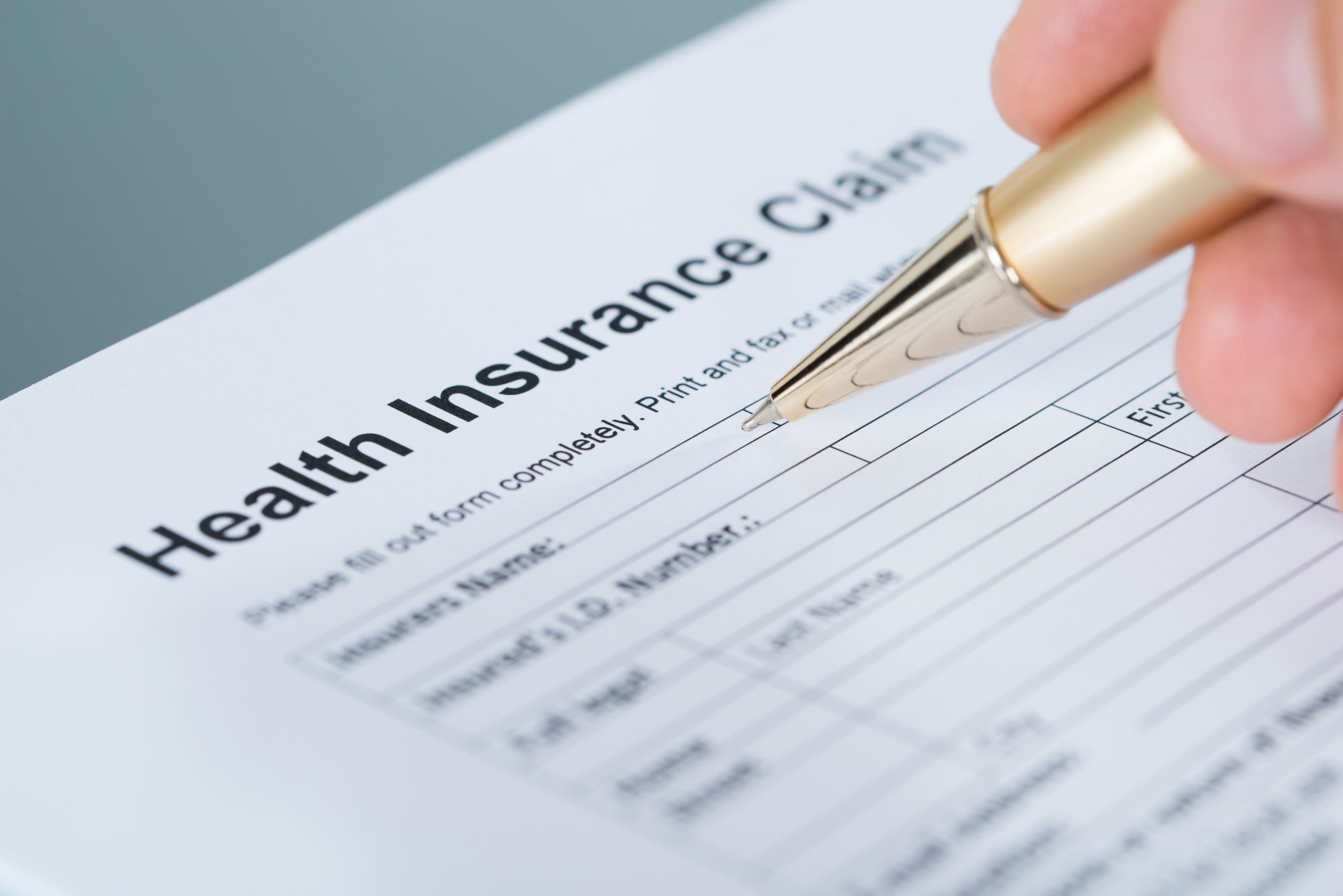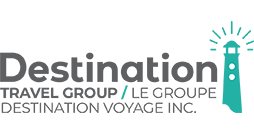Health insurance is designed to offset your costs and provide you with a cushion, should your health fail. Many Canadians depend on their health insurance plans to fill in the gaps where their provincial health insurance leaves off. For example, if you live in Ontario, the Ontario Health Insurance Plan (OHIP) will pay for eye exams for those under 20 and those over 65, so what should everyone else do?
Some plans are offered through employers, and some are purchased individually. If you can find a plan that saves you money in the long run and helps you stay healthy, you’re definitely doing the right thing for yourself, and perhaps your family too!
If you’ve never had to file a claim before for any reason, (maybe this is your first plan) it’s natural to worry about the process being complicated. There are forms and receipts; how do you know you have everything you need?
It’s actually not complicated at all. We have many knowledgeable staff who can walk you through the process. We also have some tips and information below that can help you along the way.
Prescription Medication
When you need prescription medication, it’s important to find out whether or not it would be eligible for reimbursement under your health benefit plan. Many plans offer different levels of coverage for medication. If it’s an over the counter (OTC) drug, it’s likely not covered at all.
Many plans will also set you up with a drug card, making reimbursement instant and easy. The remaining co-pay fee is all that you have to pay out of pocket. Your pharmacist can usually let you know if a drug is covered under your plan, and if it isn’t, they will get a message explaining why.
Paramedical Services
Physiotherapy, massage therapy, chiropractic, acupuncture, and several other similar “tactile therapeutic” treatments are known as paramedical services. If you’ve had an injury and need some relief, your doctor may recommend that you seek professional treatment.
Before you book an appointment, be sure to get a referral from your doctor if your health plan provider requires one. For physiotherapy, the provider must be a registered physiotherapist in the province where the services were rendered. Likewise, a massage therapist must be a registered massage therapist (RMT).

Your health insurance plan may or may not cover these types of services, depending on the level of coverage you have. Your best bet is to call your health insurance provider and ask, or you can look through your benefit booklet which should list which services are covered and at what percentage.
Be sure to get a receipt from your therapist that lists the following:
- Your name / spouse’s or child’s name
- The date of service
- The address where the services were rendered
- The type of service
- The duration (i.e. one hour massage)
- The name of the practitioner and credentials and contact details
- The total cost
Medical Items
If you need a medical item like a knee brace, or other items like custom orthotics, you will definitely need to include a physician’s referral with your health insurance claim.
Medical items must be paid in full before your plan will reimburse you. The provider of the item should give you a receipt that clearly indicates the patient’s name, the purchased item, provider contact information, the total cost, and that it has been paid in full.
Filing a Claim
Once you have your receipt, you will have to file it with your health insurance company. They likely won’t have contact with your massage therapist, so it’s your responsibility to submit your claims. Your health insurance provider will need you to fill out a health claim form, which can usually be found on their website. On this form you must include
- The name of the plan holder
- Your current address and phone number
- The type of expense being claimed
- The total amount of the claim
- The plan holder’s original signature
To this form, you should attach the original receipt(s) from the medical treatment or item you purchased. Most claims will be looked at shortly upon receipt.
Some insurance companies are now accepting online claims; however always keep the original receipts just in case they audit your claim. If you cannot produce the information stated above, you will then have to pay back the amount you were reimbursed by the insurance plan.
What Happens Next
Most insurers will set you up with direct deposit into your bank account, and depending on the arrangement, you will get an Explanation of Benefits (EOB) either by email or regular mail. An EOB is a statement showing what your health insurance provider paid toward your claim, and if there was a deductible.
If the claim was not reimbursed, the EOB will explain why. Sometimes it may be because the receipt was missing information, for instance if it was just a cash register receipt. Other times it may be because your plan doesn’t cover that particular service. You are always welcome to discuss your claims with your health insurance provider.
Don’t let paperwork stop you from claiming your entitlements. If you’re still not sure how it works, call your health insurance provider today to help you file your claim. Focus on keeping your body healthy, and let us worry about the rest.




